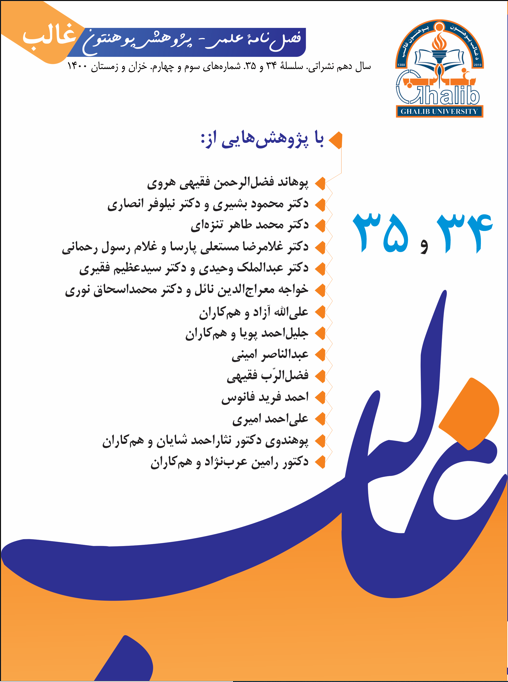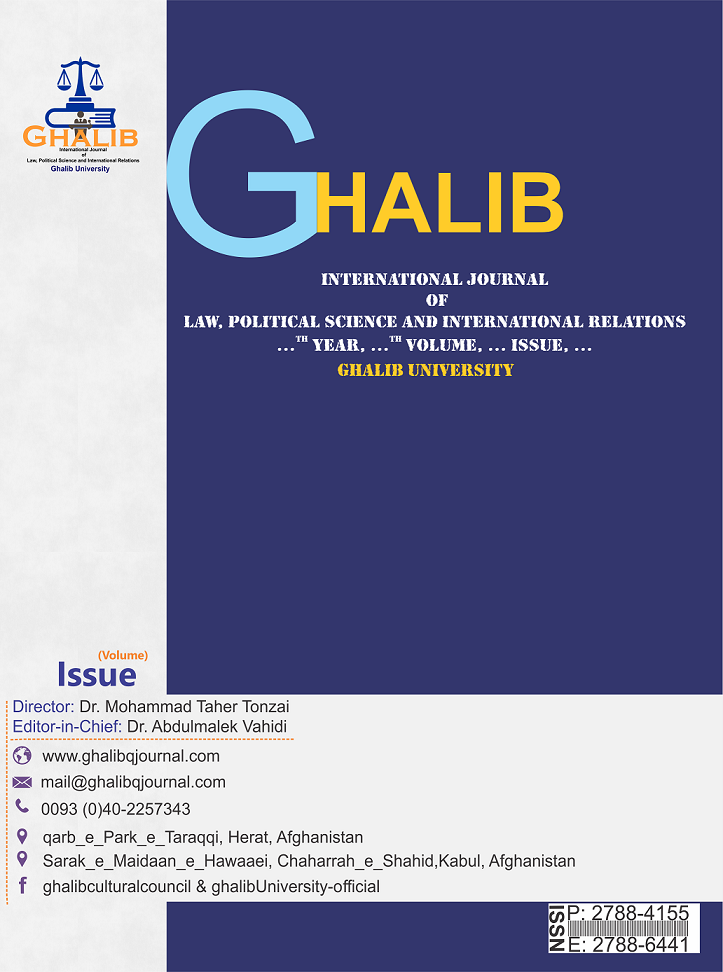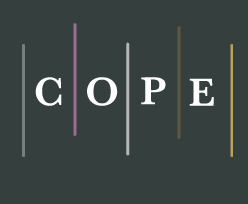Praise of Shahnameh or anti-Shahnameh?
(Reflection of Shahnameh in the works of poets, writers and historians)
DOI:
https://doi.org/10.58342/.v10i34-35.12Keywords:
Shahnameh, anti-Shahnameh, poets, writers and historians.Abstract
Shahnameh, the greatest mythological epic, the national of the Aryan tribes, is one of the few literary works that has always faced a barrage of judgments; In fact, the history of Shahnameh and anti-Shahnameh is due to its long history, which has been praised or even opposed by many poets, writers and even historians throughout history. The present study was intended to study the effect of Ferdowsi's Shahnameh on poets, writers and historians of different historical periods based on the opinions of various thinkers and researches and to show the various manifestations of this effect in their works.
The result of the research achievements is the expression of the quality of the reflection of the epic, lyrical, didactic and mystical concepts of Shahnameh on his later works. Principles and themes of Shahnameh in various aspects; Such as "tyranny, justice, libertarianism, patriotism, advocacy, praise Yazdan, the description of nature, pride in ancestors and praise "has always been considered by poets and writers and they have always tried to introduce their various mystical, educational, lyrical and epic concepts by using mythical symbols, allusions and references to Shahnameh characters and stories.. The language and words in Shahnameh have always been considered by some poets with the intention of imitating and imitating Ferdowsi; however, they have not been as successful as Ferdowsi.
Downloads
Published
Versions
- 2022-08-07 (3)
- 2022-08-01 (2)
- 2022-08-01 (1)
How to Cite
Issue
Section
License

This work is licensed under a Creative Commons Attribution-NonCommercial-NoDerivatives 4.0 International License.













